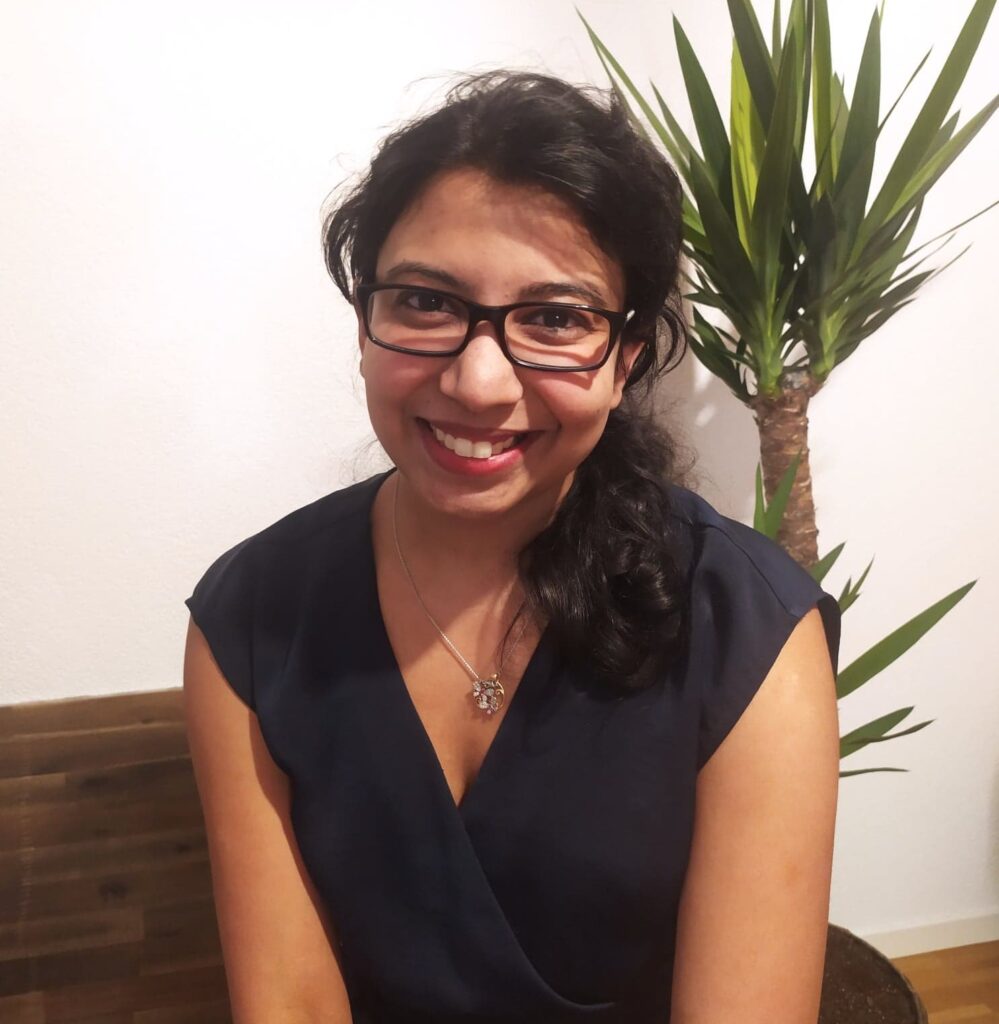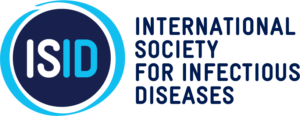
My name is Soushieta Jagadesh, and I am a consultant supporting the International Society for Infectious Diseases (ISID) on the MOOD Project (Monitoring Outbreaks for Disease surveillance).
The MOOD project is a European Commission funded project that began in January 2020 with the goal of enhancing Europe's ability to monitor, predict, and respond to outbreaks of emerging infectious diseases. Whether these diseases are of known or unknown origin or caused by antimicrobial-resistant pathogens, the aim of MOOD is to provide tools for rapid response. One of the key products of this project is the MOOD platform, an innovative online interface that allows users to visualize and download relevant data on the environmental, socio-economic, and demographic factors influencing disease emergence.
In 2023, I was recruited by ISID to contribute to Work Package 2 (WP2) because of my extensive background in data synthesis using evidence-based methods and spatial modeling in the field of infectious disease research. I started my academic journey as a clinician in Tropical Medicine, followed by a PhD, where I focused on modeling of infectious disease emergence. My work consistently bridges the fields of epidemiology, environmental factors, and geospatial modeling, which makes me uniquely suited to contribute to the MOOD project’s mission of developing accurate disease profiles and forecasting future outbreak risks. ISID plays a critical role in the MOOD project by bringing together global expertise in infectious diseases and surveillance. My role in WP2 focuses on profiling emerging infectious diseases, using systematic literature searches to gather evidence and support data-driven decision-making. These profiles are essential in understanding the various environmental and demographic drivers behind disease outbreaks, which helps ensure that the MOOD platform remains an up-to-date and actionable tool for public health officials.
At the core of my work, I am responsible for compiling, analyzing, and synthesizing evidence for comprehensive disease profiles. My goal is to ensure that the profiles are accurate, timely, and accessible to those who need to make quick, informed decisions during an outbreak. In addition to analyzing pathogen behavior and transmission dynamics, I also evaluate environmental and socio-economic factors that influence disease spread. These factors, such as climate change, land use, urbanization, and deforestation, can significantly impact how diseases emerge and spread. Socio-economic conditions including healthcare access, population density, and economic inequality also play a role in shaping vulnerability to infectious diseases.
Incorporating these drivers into the disease profiles is crucial for forecasting future risks and developing effective prevention strategies. By integrating this information, the MOOD platform can provide a more comprehensive risk assessment, helping decision-makers understand not just where a disease is emerging, but why it is spreading in certain areas. A key challenge in this work is the integration of diverse data sources, which includes not only scientific literature but also epidemiological data and governmental health advisories. This requires ensuring the information is both detailed enough for experts and clear enough for policymakers working under pressure.
The MOOD project brings together experts from across the globe. Disease surveillance and risk assessment are global challenges, and the movement of diseases does not stop at borders. By pooling expertise and resources from multiple countries, the MOOD project ensures we stay ahead of emerging threats. As I continue my work in WP2, I am inspired by the potential of the MOOD project to not only improve Europe’s readiness for disease outbreaks, but also to contribute to the establishment of an online, end-user friendly platform that enhances disease mapping, modeling, and prediction for the world at large. The disease profiles we develop are crucial tools in helping the world stay ahead of emerging health threats in an increasingly complex and interconnected global landscape.
